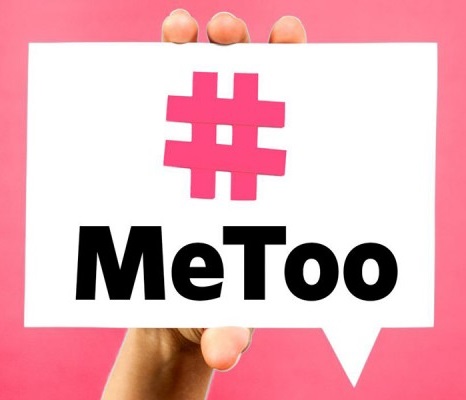Start of the Strickland Trial Underscores the Opacity in the Judiciary
 Starting today in the Western District of North Carolina is the first-of-its-kind trial in which a former employee of the federal judiciary, Caryn Devins Strickland, is suing her ex-bosses for harassment and retaliation.
Starting today in the Western District of North Carolina is the first-of-its-kind trial in which a former employee of the federal judiciary, Caryn Devins Strickland, is suing her ex-bosses for harassment and retaliation.
Though Congress has exempted the third branch from Title VII and other workplace protections, three judges sitting by designation in the Fourth Circuit last year kept alive her claims under equal protection rights.
(Given the involvement of several W.D.N.C. and Fourth Circuit judges and other officials in the process of adjudicating Devins’ claims, all judges in the district and circuit are disqualified, and Chief Justice Roberts assigned the case to Judge William Young of the District of Massachusetts.)
With the trial starting momentarily, the purpose of this post is not to describe all of what happened during Strickland’s tenure as an assistant federal defender or go into the ups and downs of the docket.
But we do want to underscore how ridiculous it is that this trial is not being livestreamed.
If you’re in the courthouse in Boston or Asheville, you can watch (judge in the former; plaintiff in the latter).
But if you’re anywhere else in the country, you can’t — even though this is a unique trial with major implications, not only for the woman who was harassed and retaliated against but also for the 31,000 judiciary employees who want to know the scope of their rights should they find themselves in a similar situation.
Yes, the Judicial Conference instituted a “new” policy in September about not livestreaming civil proceedings that include witnesses, but the start of the trial today only underscores how silly and opaque such a policy is.
That the judiciary would effectively hide its reckoning with #MeToo is not surprising, but that doesn’t make it any less shameful.